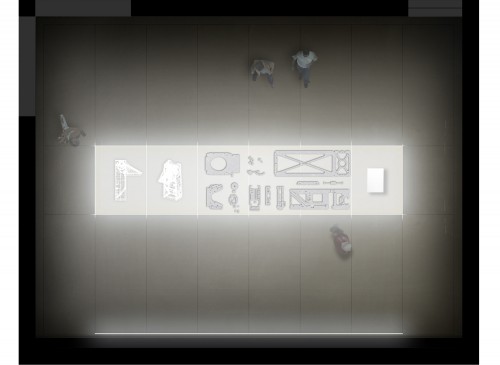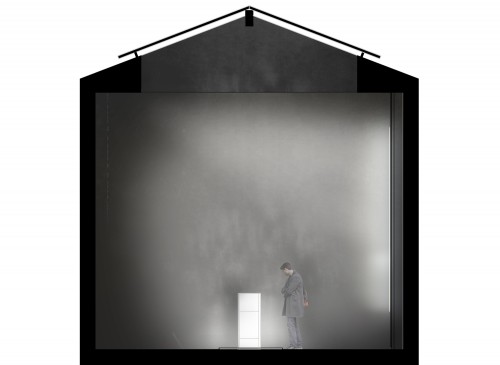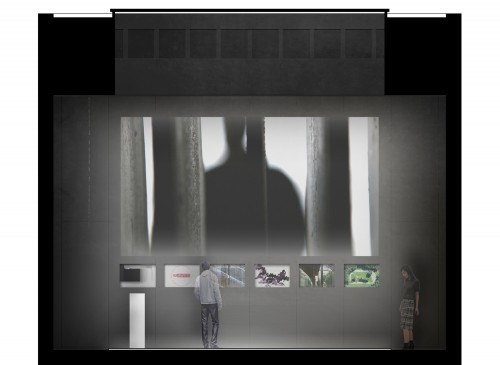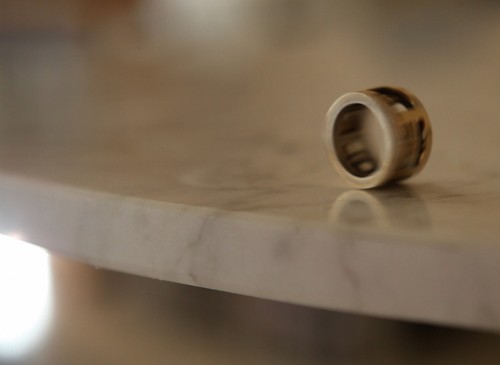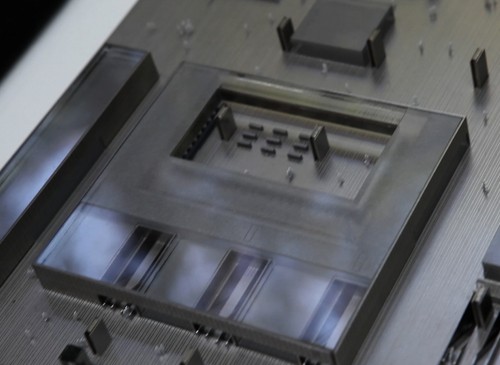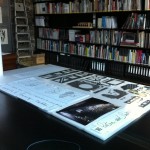RCR Architects
Arquitectes Universe, poetics and creativity
To innovate is to imagine what would suit a society, or what that society needs or lacks before it becomes aware of that need or that lack.
Before innovation come observation and analysis, but only if one has a deep knowledge of a society or group can one think on its behalf: this task must therefore necessarily be performed before the other objectives can be reached.
Innovation does not occur in isolation, but as a result of the joining together of different disciplines which can unite and give the best of themselves only after extensive examination. In architecture, innovation is often portrayed as something superfluous, perhaps merely something linked to design. But we shall only have real innovation if it is also at the origin of the concept, in the programme itself and in the material and the construction techniques; we shall only have it if it is present from the first moment, when the need becomes a question to answer, and if that question is considered by all the participants in the answer. Only something which improves a person’s experience qualitatively can be really innovating.
We should understand, therefore, that innovation in architecture must desire and aim to accompany society towards its fullness, and this implies learning to re-establish the connection with what is essential. We work while thinking about mechanisms which will allow us to discover and project that essence, so as to re-discover it. The practice of architecture provides one with a comprehensive vision and sensitivity which in turn impose on architects the responsibility of identifying, interpreting and applying their own instruments with which, according to each project and its peculiarities, to advance mankind in its relationship with itself, with the landscape and with society.
Architecture has an important role in the transformation of mankind in the community and has a close influence on our way of life, where we live and how we associate with one another and, in short, on many matters which are fundamental in the formation of the individual. We have for a long time been focused on the reclusive and individualistic ‘I’, in an artifical separation from the group which was the result of the so-called “need for privacy”. If we wish to innovate, we must break through the rigidity of the walls that separate us, and insert ourselves into the consciousness of the group, into the landscape which we inhabit, so that we understand and so that what is essential again shows itself as a constant theme.
It is fundamental to understand that architecture is not an object, a hermetic piece which superimposes itself on a place; it is a system of spatial relationships. By spatial relationships we understand the whole:what is constructed, the landscape, the place, human beings, the programme…everything is fused together to give rise to an architecture that has taken root, an architecture which is a landscape.
The basis of relationships in architecture is found in permeability. Boundaries are overstepped, experiments are performed with depths, contexts are related to one another and experiences are shared.
The basis of innovation in architecture is, therefore, at the root, in a constructed philosophy of life.
Innovation — or better, perhaps, creation — is what makes humanity progress, because everything, absolutely everything, is the fruit of creativity. Creativity is the ability to create: creation is making something out of nothing, producing something which did not exist befote
RCR Arquitectes & Ángela Moura

